#ray-finned fishes
Text
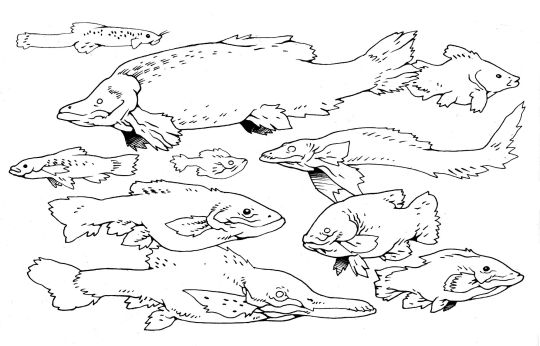
Ray-Finned Fishes
465 notes
·
View notes
Text
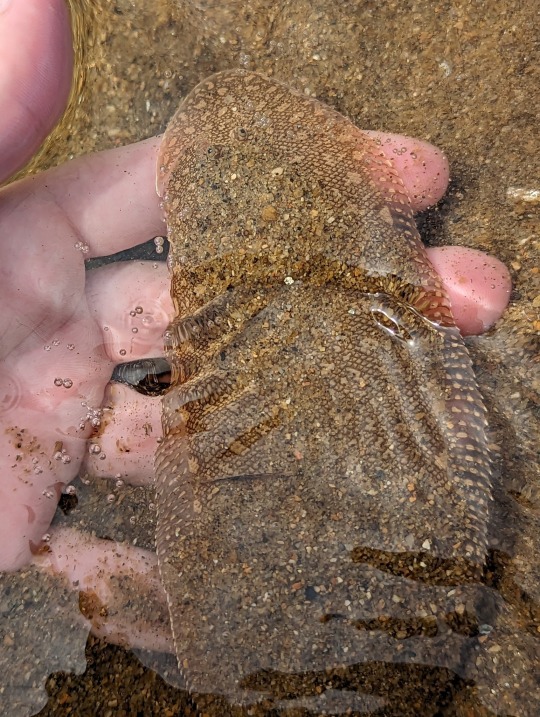


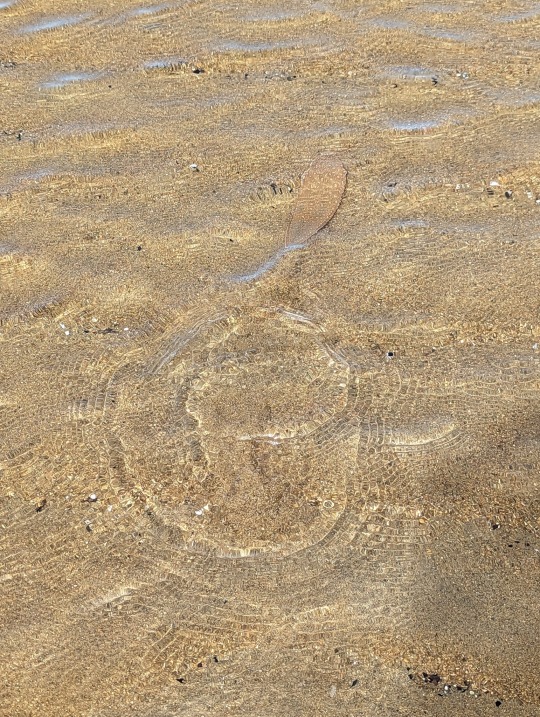
Flatfish found at low tide. Very well hidden, I only found it after I had accidentally stepped on the poor thing.
13/08/23 - Pleuronectoidei sp.
QLD:WET - Flying Fish Point, low tide sandy bay
#Pleuronectoidei#Flatfishes#Carangiformes#Actinopterygii#Ray-finned Fishes#Vertebrata#Vertebrates#Chordata#Chordates#fish#fishblr
52 notes
·
View notes
Text

Here's one for those interested in the alternative style, the stoplight loosejaw or rat-trap fish (Malacosteus niger). This species sports the classic black colour scheme of the twilight zone and boasts one of the largest gapes of all fish.
What makes this fish special is the pops of colour they incorporate in their wardrobe, including red bioluminescence.
As many species in the twilight zone are unable to perceive red light this adaptation allows the fish to illuminate their surroundings without alerting their prey. The stoplight loosejaw is also one of the few animals to make use of chlorophyll, a green pigment commonly used by plants to absorb light energy. This rebellious fish deviates from the from other chlorophyll users however, concentrating a divertive of the chemical around the eyes in order to maximize their red colour vision.
#marine biology#marine zoology#marine life#marine animals#fish#vertebrates#chlorophyll#colour vision#twilight zone#bioluminescence#bioluminecent#deep sea fish#deep ocean#ray-finned fishes
4 notes
·
View notes
Text
Lobe finned versus ray finned fish

Short answer: ray finned fish evolved from from lobe finned fish
Long answer: Lobe finned fish were dominant for a long time in the waters before they climbed up onto land and evolved into you, dear reader. This occurred around 400 MYA (million years ago). Sometime before that, about 425 MYA, ray finned fishes had evolved, but remained relatively small. This was until the permian mass extinction (290-245 MYA), when many lobe finned fish died out, and ray finned fishes (teleosts) were left to flourish and evolve to fill the empty evolutionary niches. The only lobe finned fish left behind today are the elusive coelacanths and lungfish. ***AND*** as the awesome people in the notes would like me to add, all tetrapods (tetra meaning four, pod meaning foot) are phylogenetically lobe finned fishes as well. this means amphibians, reptiles, and mammals.
@marinebiologyshitposts @fuckyeahcoelacanths
#marine biology#lobe finned fish#ray finned fish#coelacanth#evolution#science#things ya should know#zoology#biology#ecology#animal facts#animals
1K notes
·
View notes
Text
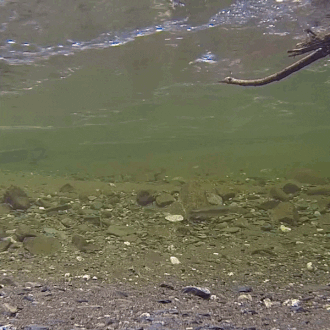
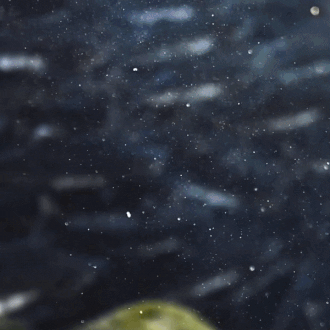
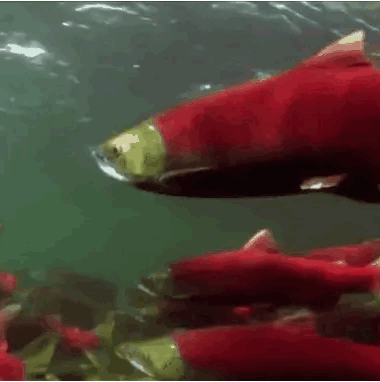
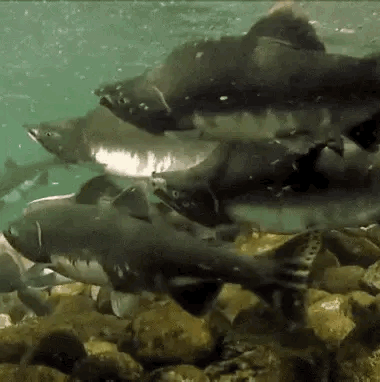
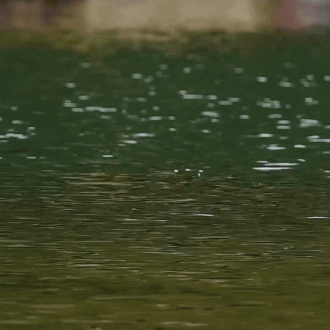
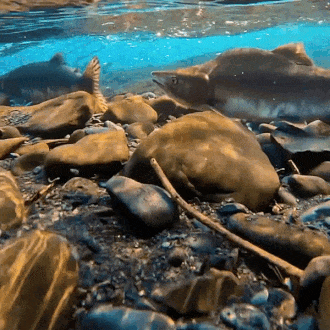
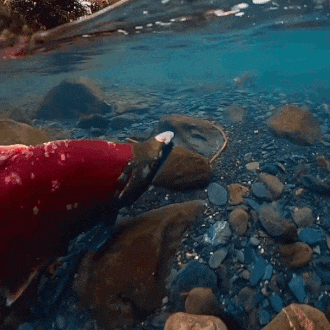
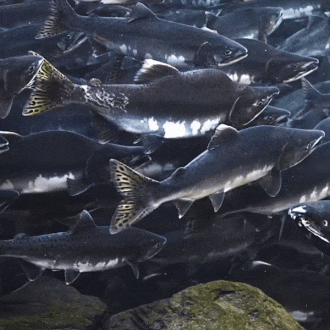
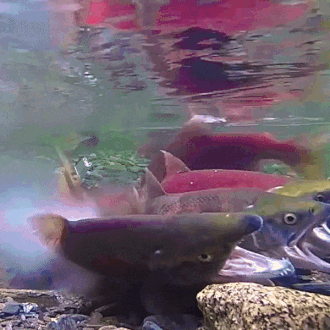
salmon for anon!
🐟-🌊-🐟 / 🌊-🐟-🌊 / 🐟-🌊-🐟
#stim#stimboard#salmon#fish#sfw#nature#red#gray#grey#blue#green#underwater#animals#water#sockeye salmon#freshwater fish#salmon run#rocks#euryhaline ray-finned fish#rivers#requests
900 notes
·
View notes
Text
Uncharismatic Fact of the Day
Often hailed as beautiful and powerful, lumpsucker fish have many talents; one important skill they lack, though, is swimming. Lumpsucker bodies are almost perfectly round, which isn't very hydrodynamic. On top of that, they lack a swim bladder-- an organ that other fish use to control their bouyancy. As a result, lumpsuckers spend most of their lives suctioned onto rocks or coral.
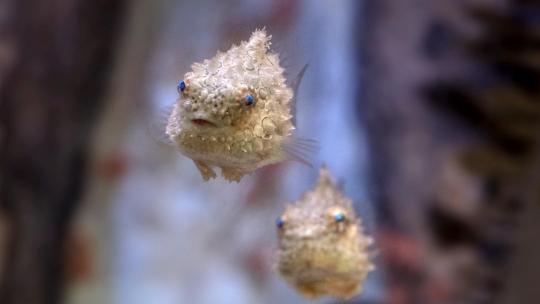
(Image: A pair of Pacific spiny lumpsickers (Eumicrotremus orbis) by the Shedd Aquarium)
If you like what I do, consider leaving a tip or buying me a ko-fi!
#pacific spiny lumpsucker#Scorpaeniformes#Cyclopteridae#lumpsuckers#ray finned fish#bony fish#fish#uncharismatic facts
474 notes
·
View notes
Note
coelacanth, what are your thoughts on Actinopterygii?

547 notes
·
View notes
Text
Daily fish fact #636
Ray-finned fish!
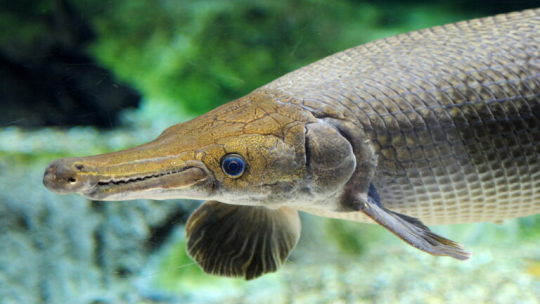
Ray-finned fishes (class Actinopterygii), also known as actinopterygians, are the most abundant group or vertebrates, as various estimates say the class is comprised of 25 000 - 32 000 species! Most are traditionally characterised by their fanlike fins, which are made of skin stretched out over bone spines. The biggest group inside of the ray-finned fishes are the teleosts, which make up about 99% of all ray-finned fish.
#i picked alligator gar as the picture because she looked polite#fish#fishfact#fish facts#fishblr#marine biology#biology#zoology#ray-finned fish
248 notes
·
View notes
Text

Had the sudden urge to do a quick digital colouring of this
#art#my art#digital art#traditional art#pencil drawings#mixed media#wildlife art#fishblr#fish#ray-finned fish#atlantic sturgeon#acipenser oxyrinchus
18 notes
·
View notes
Text







Esra\ Pancake!! expert gremlin gamer
She rents room from banan eel guy her money comes from grinding skins for other ppl in mmo. When it isn't grinding \still grinds on the phone\ she goes out to eat AND EAT A LOT OH BOY. Nearest non lactose caffe owners scared shitlles of friday evening cuz she eats thru entirety of they stock \sometimes tags trench along thats @milkaide fish dude\
#oc#ray#manta ray#anthro#my art#art#esra#huge sweets enjoyer#her fin arms prett stronk#goofy silly gremlin I love heeer#fish
143 notes
·
View notes
Text

first fish of the new year :)
#fish#gouache#painting#art#artists on tumblr#illustration#fish illustration#icthyology#mine#she sells sea shells by the sea shore#sea#ocean#marine#ray finned fish#flying fish#angelfish#mahi mahi#lionfish#mola mola#sunfish#clownfish#nemo#surgeonfish#dory#conger eel#eel#seaweed#sea shells#sea creatures
87 notes
·
View notes
Text
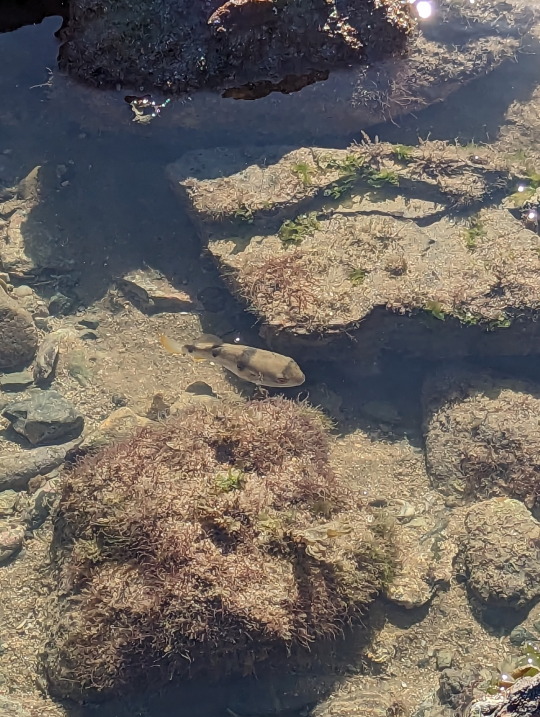

Banded Toadfish spotted in a tidepool.
16/05/23 - Marilyna pleurosticta
QLD:CQC - Emu Park, rocky shoreline
#Marilyna pleurosticta#Banded Toadfish#Chordates#Chordata#Tetraodontidae#Pufferfishes#Actinopterygii#Ray-finned Fishes#Vertebrata#Vertebrates#fish#fishblr#tidepooling#marine biology
41 notes
·
View notes
Text
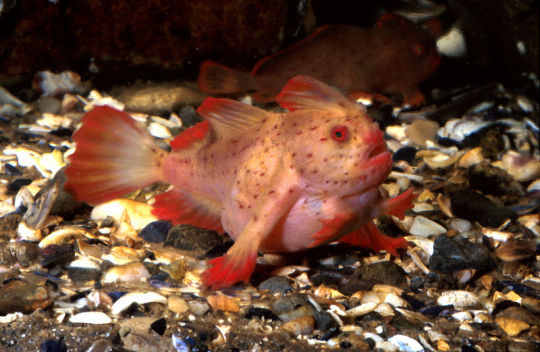
This charming little fellow is the red handfish (Thymichthys politus). These fish spend their days wandering around the seabed looking for crustaceans and worms to eat, all while looking like the traded their last braincells for a bag of chips.
Unfortunately there are currently less than 100 individuals in the wild and their natural range of coastal Tasmania, Australia has shrunk to only a few small reefs in Frederick Henry Bay.
#marine life#fish#marine animals#marine zoology#marine biology#australia#sea creatures#sea animals#endangered species#conservation#ray finned fishes
467 notes
·
View notes
Text
cant upset conservatives with a transition timeline as i've yet to transition but i've got the next best thing: evolutionary timeline
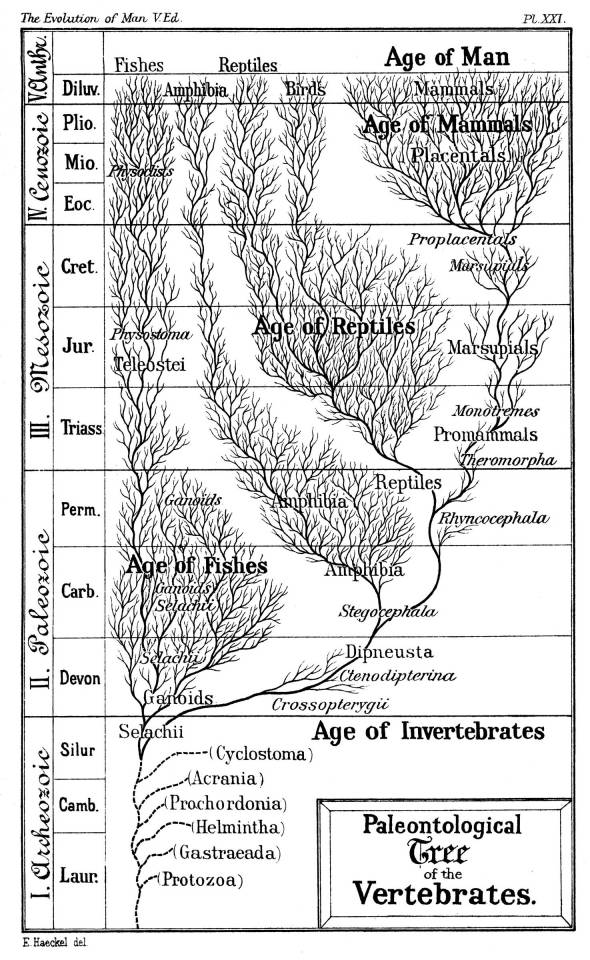
#quick question why is the fish tree so narrow?#according to wiki there are about 6400 species of mammals#and just counting ray finned fish there are 32000!#wiki says over 38k tetrapods in whole (this includes all of us that came “from” fish but we're still fish of course)#(by that i mean everything you see above. mammals amphibians reptiles which includes birds)#over 50% of vertebrates are ray finned fish so that should be like half the top part of the image#1879 so kinda out of date LMAO
3 notes
·
View notes
Text
youtube
#shark#whale shark#crested hornshark#port jackson shark#great white shark#tawny nurse shark#leopard epaulette shark#goldfish#fish#ray#remora#hammerhead shark#short-fin mako#kite-fin shark#catshark#sawfish#cookiecutter shark#turtle#Youtube
15 notes
·
View notes
Text
Uncharismatic Fact of the Day
Though they may look unassuming, brown trout are actually one of the most diverse vertebrates in the world! Populations and individuals can look wildly different from each other, to the point where many groups were often mislabeled as entirely separate species, and they have a remarkable ability to adapt to any environment. In fact, there is more genetic diversity between populations of British brown trout than there is between any population of the human race.
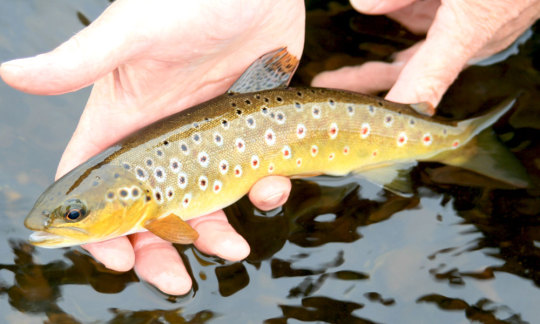


(Images: Three morphs of brown trout (Salmo trutta) by Eric Engbretson, David Miller and Jon Beer)
#brown trout#Salmoniformes#Salmonidae#trout#salmonids#ray finned fish#bony fish#fish#uncharismatic facts
317 notes
·
View notes